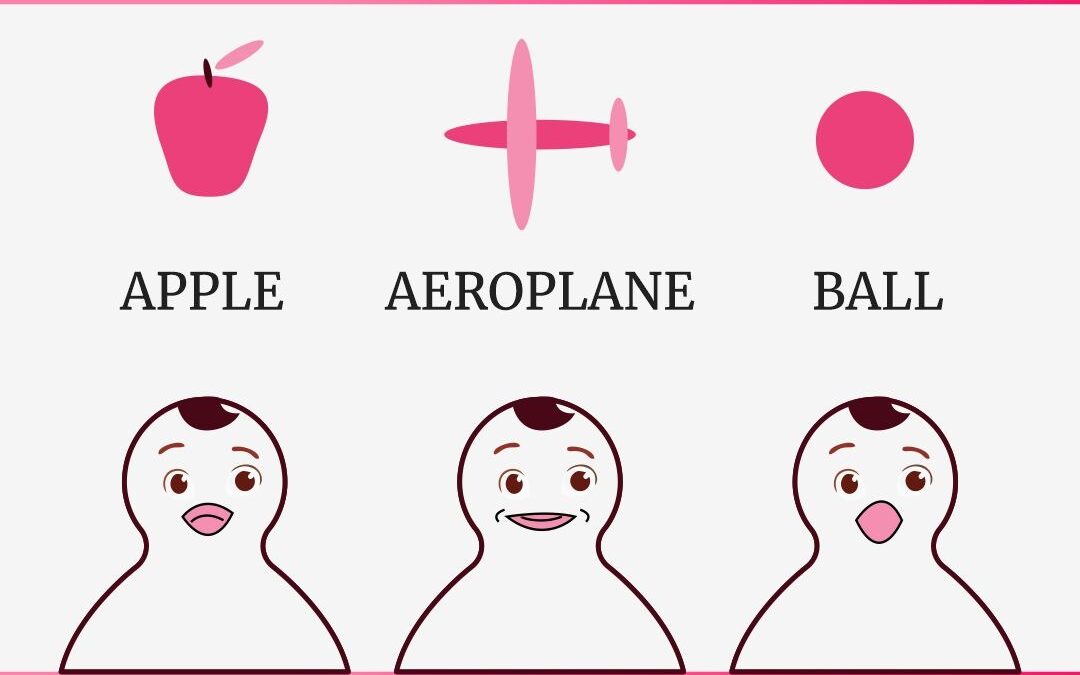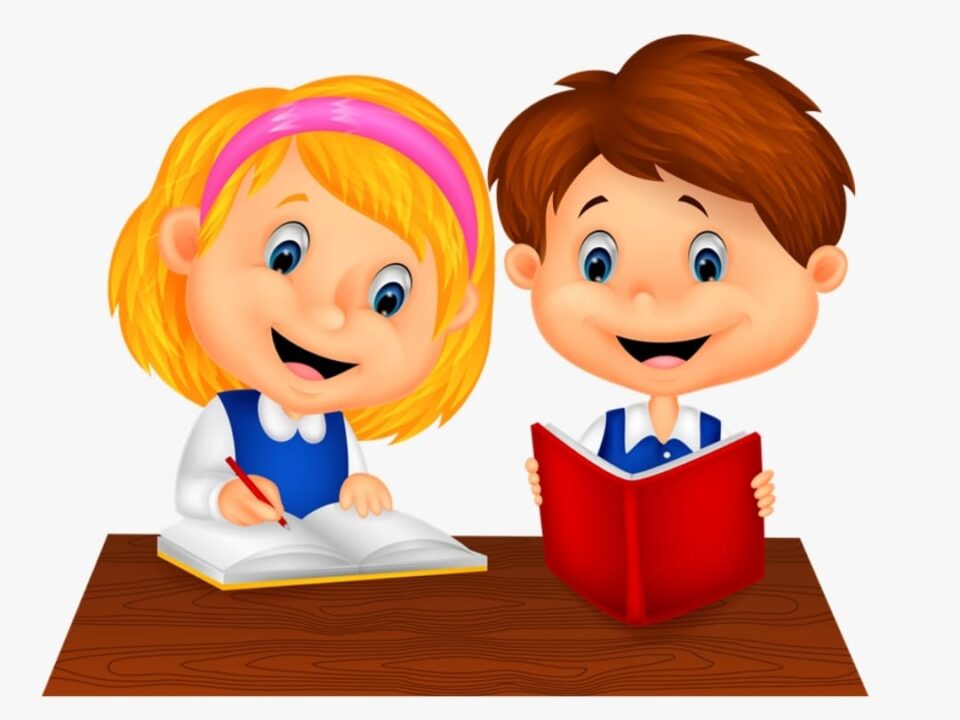
The batch that graduated
May 6, 2019
What comes first reading or writing?
November 8, 2021Before man started speaking, he was expressing himself through gestures and expressions, not to forget the drawings on the walls.
So the language was born basically by combining two or more sounds. Sounds are the key to any language – the basic building block.
Let’s look at the sounds in English language. There are 42 sounds but 26 letters – 5 vowels and 21 consonants. I always wonder then why didn’t we have 42 letters in English language.
The vowels A, E, I, O and U have multiple sounds. Let me explain it – so vowel ‘A’ has 4 sounds.
A as in apple
A as in aeroplane
A as in artist
A as in all
Similarly other vowels too have multiple sounds.
By now you should be wondering, how do I know when to use which sound of the vowel. If you are reading this post, it means you know English and hence you know the different sounds used in each of these words. Have you ever wondered how does a child read these words the very first time. Is it that simple?
Is there a simple way to understand the sounds of these vowels or consonants?
Well, though English is a funny language, it does a have a set of rules. Let me give you an example – the word ‘rat’ has the short sound of vowel ‘a’ where as the word ‘rate’ has the long sound of vowel ‘a’. The trick to teach your child is that if a word ends with the vowel ‘e’ then the previous vowel will have a long sound, in this case vowel ‘a’ is the previous vowel.
The moral of this story is – that though it’s not a straight forward approach, English does offer some help in terms of sounds, blends and blending rules.
To sum it up – PHONIC way is an excellent way to teach children how to read English.




1 Comment
Thanks for your blog, nice to read. Do not stop.